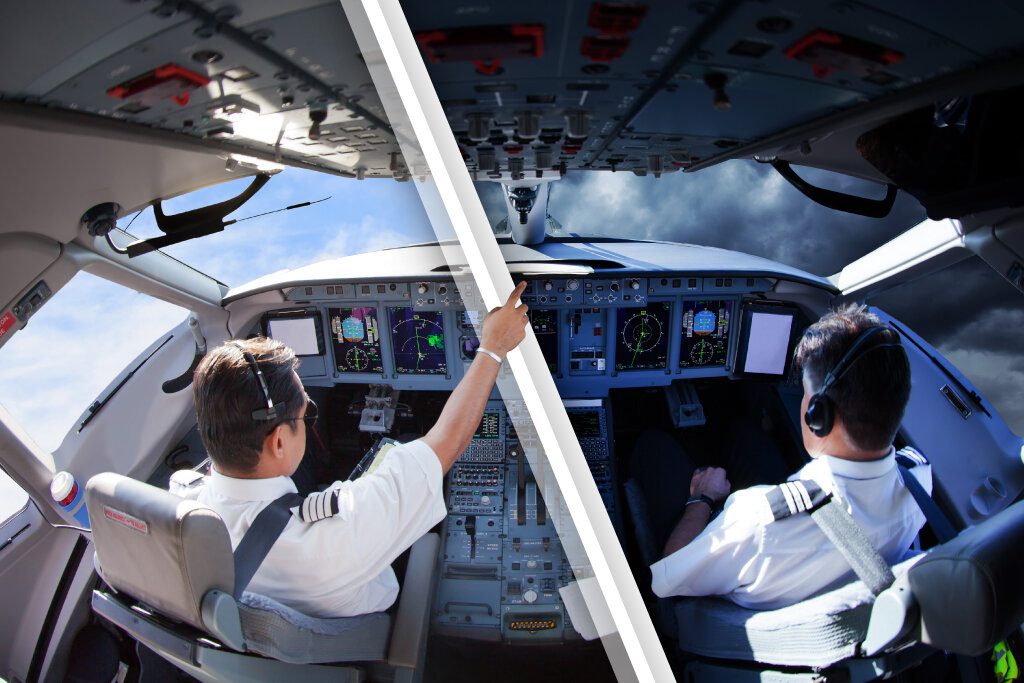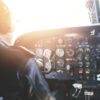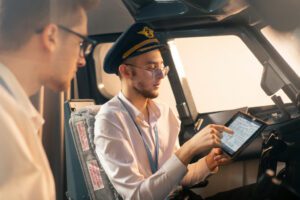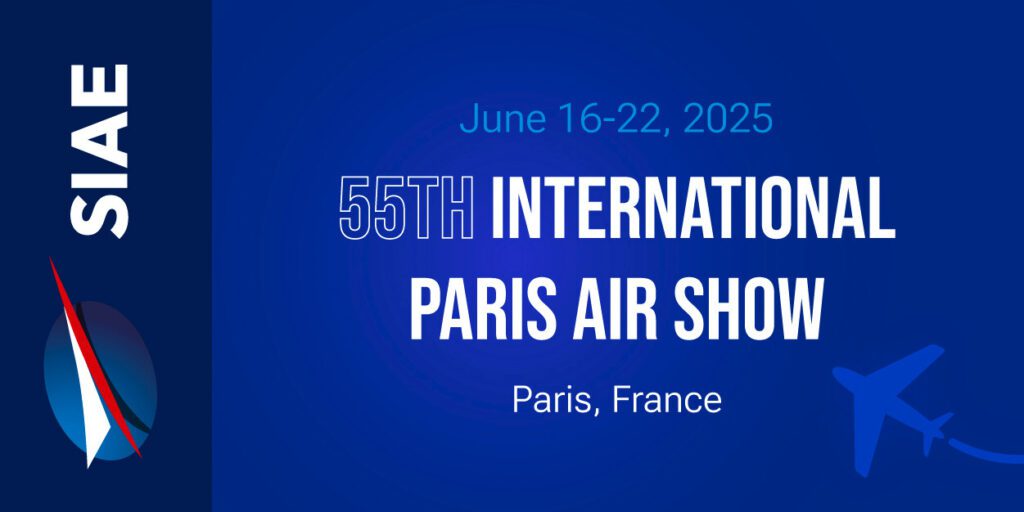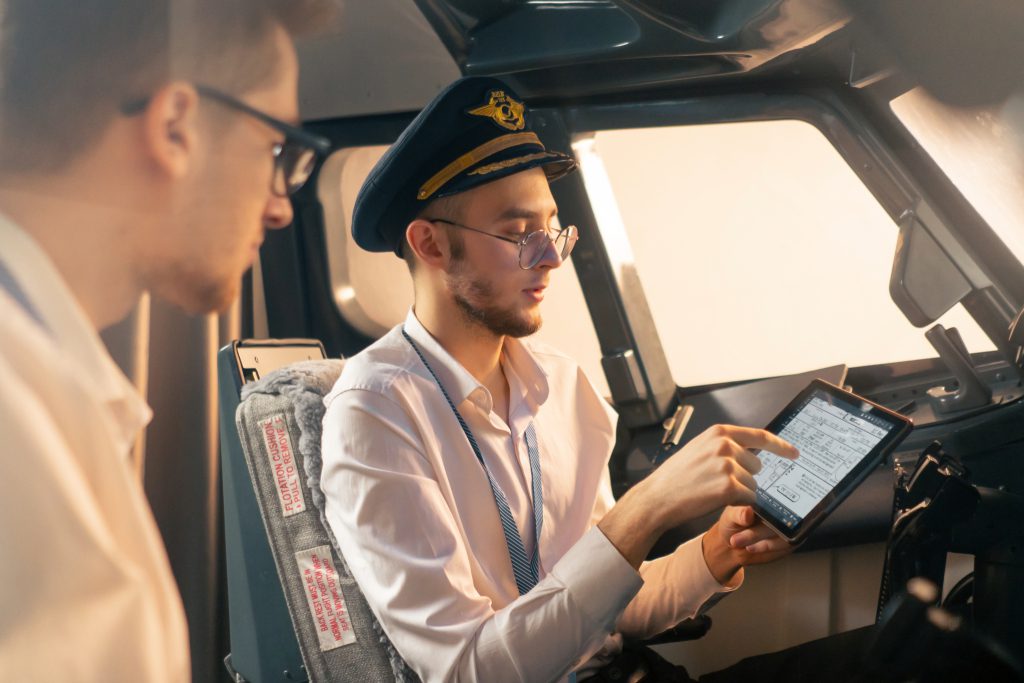There are two primary flight categories for aircraft operating in the National Airspace System: Visual Flight Rules ( VFR ) and Instrument Flight Rules (IFR). Each of them describes how, as an example, a pilot should control an aircraft depending on the weather, visibility, as well as the airplane itself. Additionally, it is critical to comprehend the rationale behind the application of each rule to promote a safety culture and ensure conformity during operations in flight.
What are Visual Flight Rules (VFR)?
In Visual Flight Rules, pilots are allowed to fly an aircraft and control its altitude by visually seeing the ground and other references. In other words, pilots having VFR can fly an aircraft and operate it based on what they see outside the cockpit, where the pilot visually observes the terrain, other crafts, and the weather. For VFR flights, good weather with good visual range and situational awareness that does not depend on instruments is the norm.
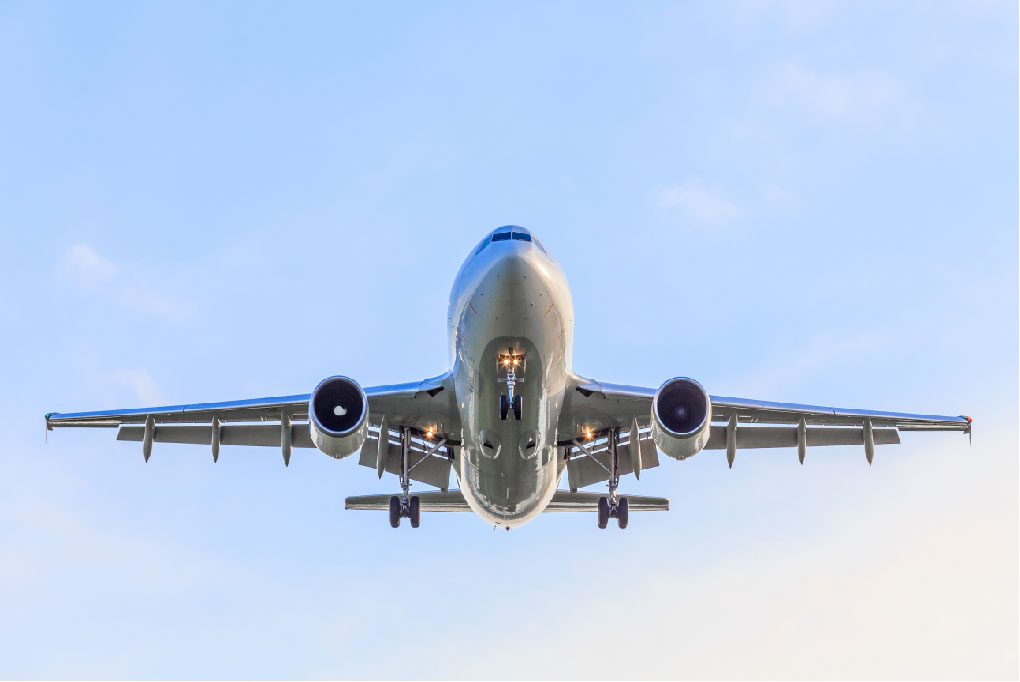
.
Key Characteristics of Visual Flight Rules:
- Clear Visibility: The particular type of rules allows the pilot to see the horizon and other visual sources that include airports, roads, and buildings, among others, which guide navigation.
- Weather Conditions: VFR is most often used when the weather conditions are clear (above certain visibility and cloud ceiling requirements). Typically, this means a minimum of 3 statute miles of visibility and clouds above 1,000 feet above ground level (AGL).
- Pilot Responsibility: Pilots operating under the VFR are responsible for visually avoiding other air traffic and terrain as well as any other hazards and remaining outside any restricted areas.
When do We Use VFR?
- Recreational Flights: VFR is popular among pilots flying for personal or recreational purposes, where weather conditions are favorable.
- Flight Training: Many student pilots in their early training stages begin under VFR because it allows them to focus on basic flight maneuvers and makes it unnecessary to conduct flights using instruments.
What are Instrument Flight Rules?
Instrument Flight Rules come into play when a pilot cannot rely on outside visual references either due to extreme weather or other similar conditions. IFR enables pilots to use cockpit instruments such as an altimeter or GPS to fly and maneuver the aircraft rather than using outside views. IFR violation also occurs when adverse weather conditions such as dense fog, heavy clouds, or low visibility exist. Compliant air traffic is always under IFR.
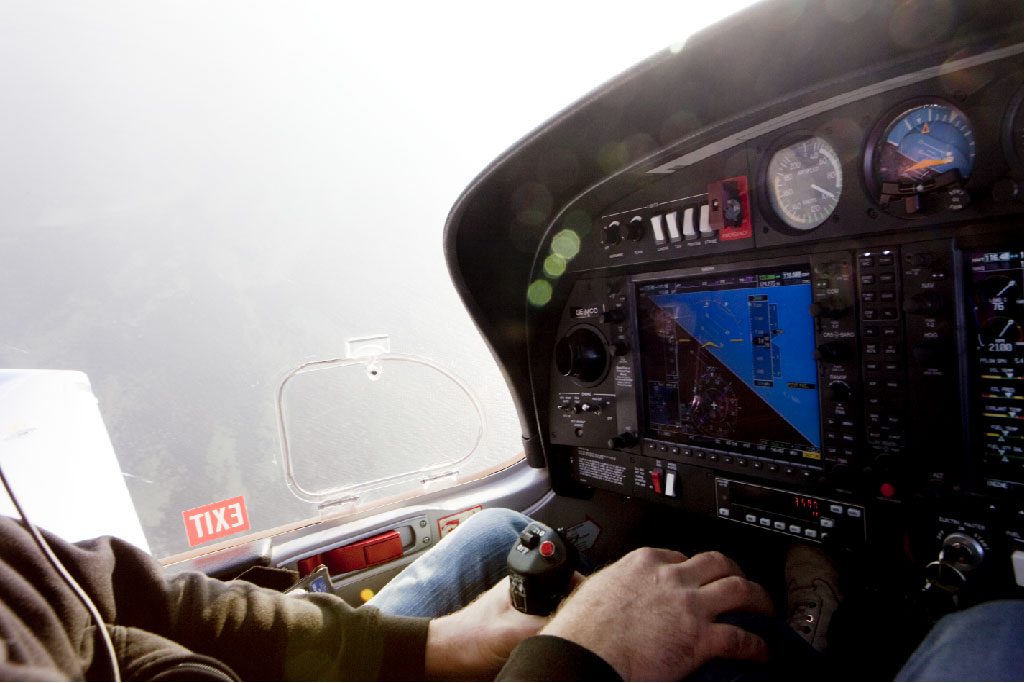
.
Key Characteristics of Instrument Flight Rules:
- Instrument Navigation: This technique allows pilots to follow other planes and use vertical, speed, heading, and position references.
- Weather: IFR is utilized when visibility is restricted or when the cloud base is lower than VFR. This usually occurs during cases when the weather is affected to a point that visibility goes below 3 statute miles or clouds situated below 1000 feet above ground level.
- ATC (Air Traffic Control) Clearance: Flights operating under IFR are typically in constant communication with ATC, which provides guidance and ensures separation from other aircraft.
When do We Use IFR?
- Less than Commendable Weather: Such instances include thick fog, heavy torrential rains, and snow that completely obfuscates images to a point where visual navigation is not possible.
- Airline and Commercial Flights: Most commercial airliners operate under IFR for safety and efficiency, especially in busy airspaces and at cruising altitudes.
- Flight through Airspace or Altitudes Not Permitting VFR: Pilots taking a controlled approach must also be on IFR mode while operating inside controlled airspace during high altitudes or within restricted zones.
VFR vs. IFR: Key Differences
1. Visibility and Weather Conditions
- Under VFR guidelines, Pilots can operate when the visibility and the weather are clear.
- When visibility has to be restricted or the weather provision has to prevent the pilot from having a clear view outside, IFR regulations come into the picture.
2. Navigation Method
- VFR uses visual aids or cues such as landmarks, terrain, and patterns of other aircraft.
- IFR pilots orientate themselves using the cockpit instruments like altimeters or GPS for situational positioning.
3. Air Traffic Control (ATC)
- VFR may or may not communicate with ATC on a flight-to-flight basis as per the airspace category.
- IFR is nonstop under the instructions of ATC and the pilots get clear directions for flight separations and movement from other aircraft.
4. Safety and Restrictions
- VFR requires pilots to actively avoid obstacles and other aircraft, maintaining strong situational awareness in good weather.
- IFR provides a higher level of security in bad weather by allowing pilots to control navigation and altitude using instruments.

.
Transition Between VFR and IFR
Pilots often need to transition between VFR and IFR during a flight. For example, a pilot may start a flight under VFR in clear weather but encounter deteriorating weather conditions that necessitate a switch to IFR. In such cases, the pilot must communicate with ATC, obtain an IFR clearance, and switch to instrument navigation. This transition is crucial for maintaining safety, particularly when flying in or near controlled airspace.
VFR/IFR Flight Plans and Flight Training
Flight Plans: All flights to any part of the world need pilots to submit flight plans and this applies also for those who fly under IFR however, the level of detail on the plan as well as the information required varies with the type of flight rules. The complexity of an IFR flight plan allows for more specifics but VFR plans are generally broad with no detailed instructions.
Flight Training: In practice, some rules are easier to break than others. An example of such an easy-to-break rule is VFR for student pilots. Because the weather conditions are more favorable for a student pilot so where he or she can practice basic flying skills, weather conditions permit the learning of basic skills. However, it is vital for those few whose intent is to fly planes of specific scenarios to the point of more succession with an IFR scenario devoid of adequate visibility or controlled airspace.
Conclusion
VFR and IFR are both integral to aviation with each having the unique purpose of enhancing flight operations efficiency and safety. Use VFR flight rules when the weather is clear and visual navigation is possible. In contrast, IFR should be followed when weather visibility is poor, there is dense traffic, or a high level of accuracy in using instruments is needed. Pilots must understand which set of rules to apply in different situations and how to switch between them to enhance safety during flight operations.

